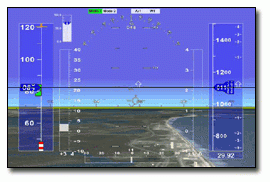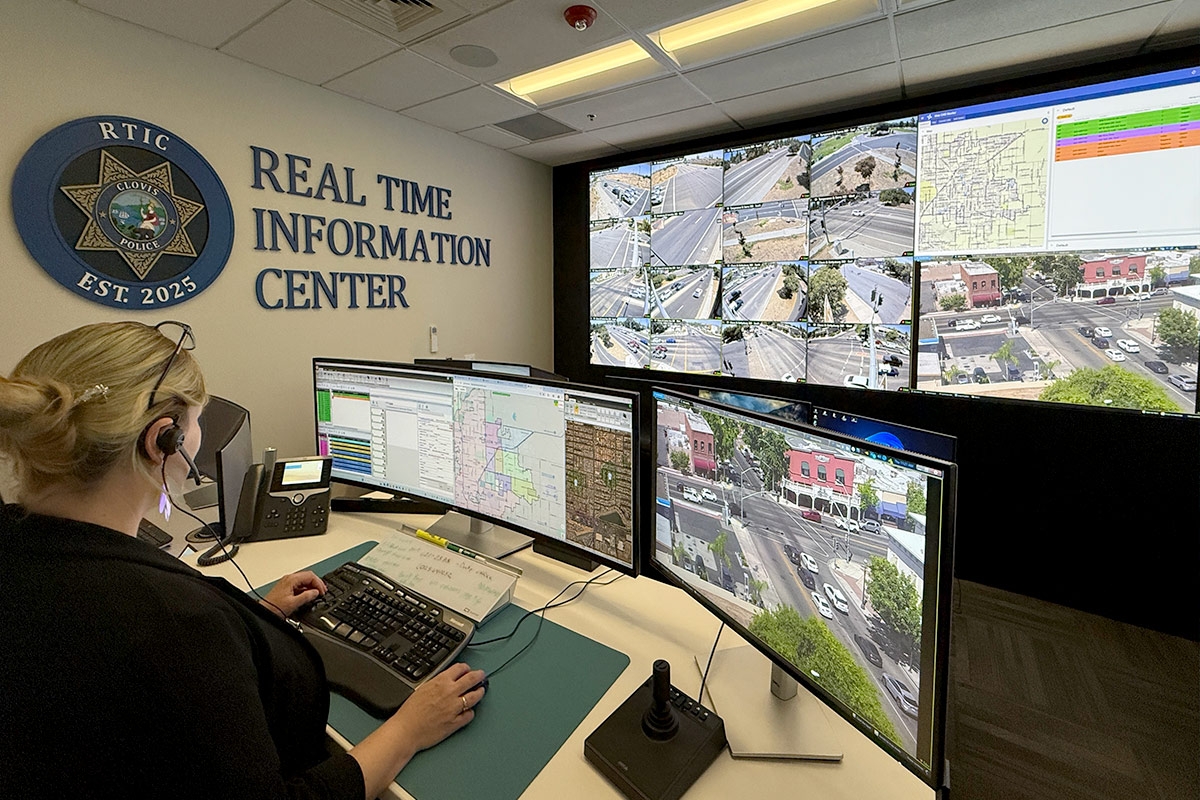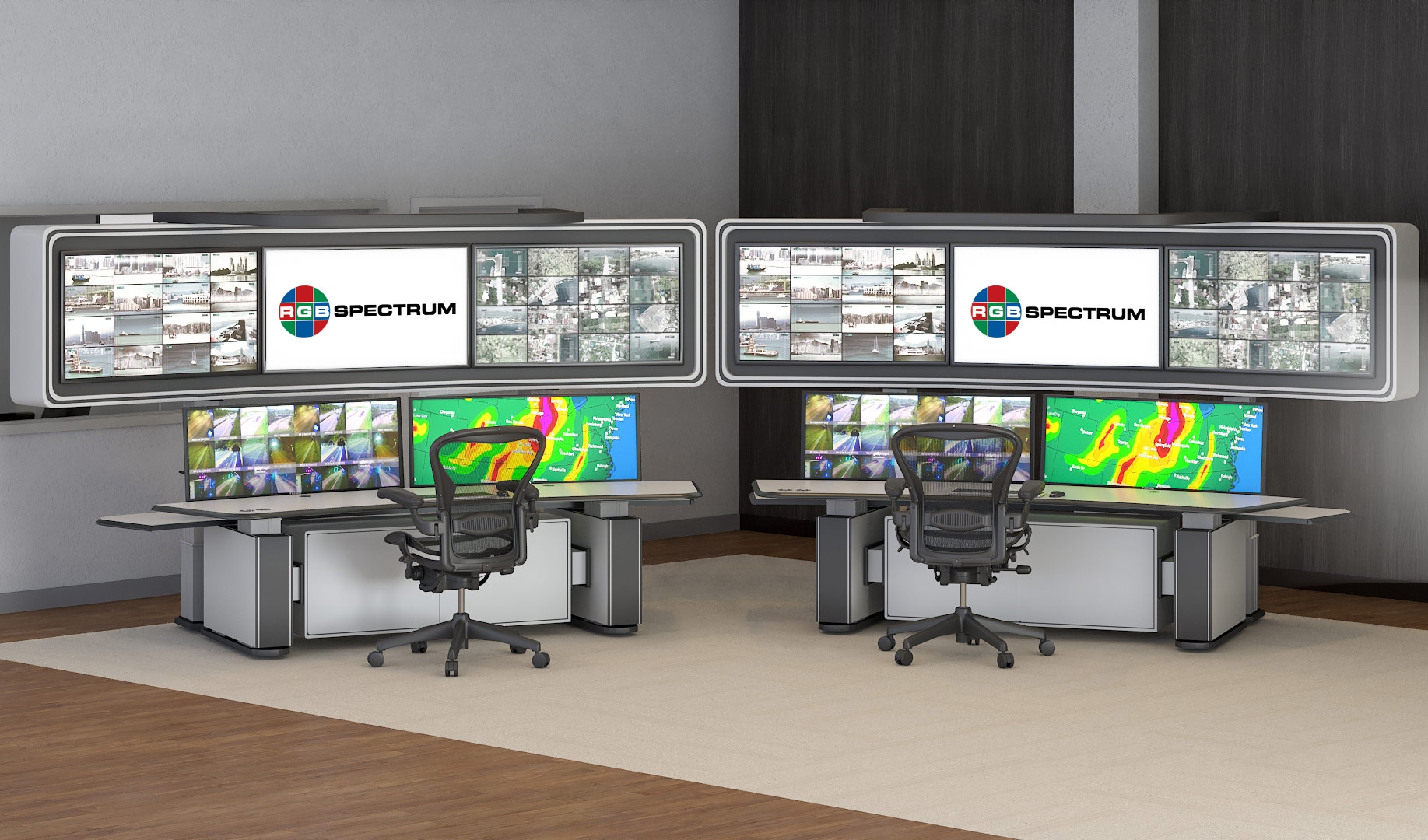NASA's UAV Flight Testing Simulator Uses Advanced Keying Technology
NASA's Aviation Safety Program at the Langley Research Center has developed the Airborne Subscale Transport Aircraft Research (AirSTAR) flight test facility to investigate flight dynamics and control of large transport aircraft. The AirStar system is an integrated flight test simulator based upon an unmanned aerial vehicle (UAV) testbed. The goal is to develop technologies that increase flight operation efficiency and reduce accident rates due to loss-of-control in adverse flight conditions.
AirSTAR consists of a remotely piloted UAV, the Mobile Operations Station (MOS) ground control room, and a test range. The research pilot executes the flight test plan from a cockpit in the MOS, which utilizes synthetic vision displays driven by sensor data from the UAV.
The research pilot's Primary Flight Display (PFD) is an out-the-window view with a Heads-Up Display (HUD). The HUD display presents the pilot with an extensive array of graphical data in intricate detail, including flight telemetry, avionics, and navigation. To provide the most realistic simulation possible, NASA is planning to deploy a sophisticated overlayer/keyer for image blending capability graphics in real time at 1920x1080 resolution. RGB Spectrum's SynchroMaster™ 555 overlayer/keyer was sourced to combine the out-the-window (OTW) video from a UAV camera with the high resolution foreground. The result provides the composited HUD over OTW view for the pilot.
RGB Spectrum is a leading designer and manufacturer of mission-critical, real-time audio-visual solutions for a civilian, government, and military client base. The company offers integrated hardware, software, and control systems to satisfy the most demanding requirements. Since 1987, RGB Spectrum has been dedicated to helping its customers achieve Better Decisions. Faster.™


